6 Things to Know About Food Pairing & “Kissing” Tequila
- January 2021
- By Kim Caviness
- Recipe from Mexico
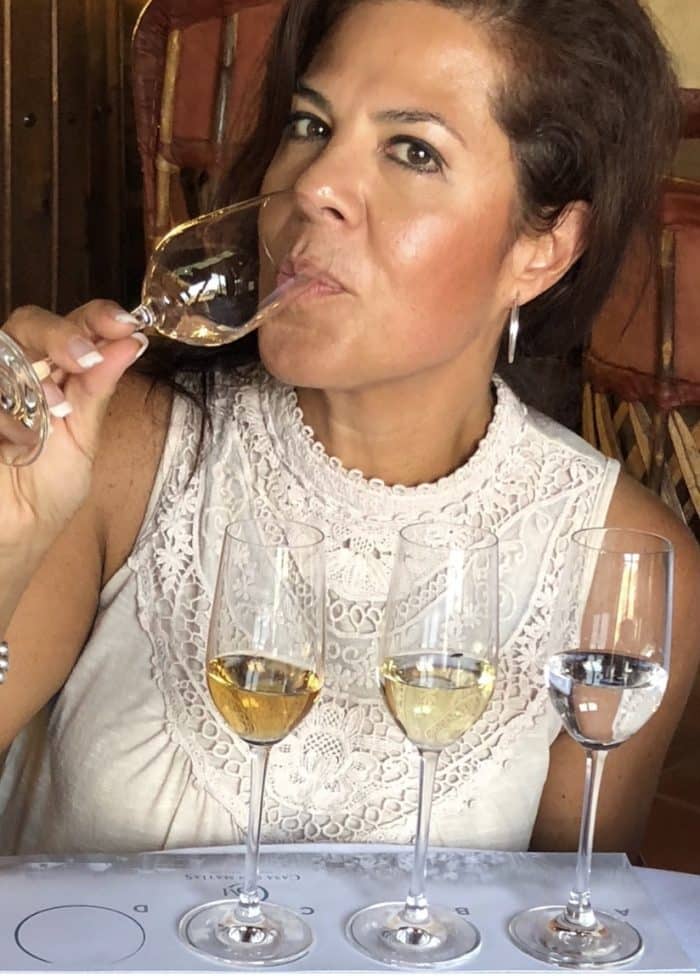
Renowned Tequila Expert™ MariCarmen Ortiz-Conway offers a master class on how to enjoy this tasty and traditional spirit—a gift from Mexico to the world
Today we kick off Part 1 in our Master Class on tequila savoring, education and food matching—led by MariCarmen Ortiz-Conway, a globally renowned tequila expert. And we mean expert, as in certified Tequila Expert,™ a designation bestowed by the Camara Nacional de la Industria Tequilera (National Chamber of the Tequila Industry). She is also an official Catadora or “taster,” among other certifications.
Deeply knowledgeable about her homeland spirit’s terroir, classification, process, storage and pairings with food, MariCarmen Ortiz-Conway is Mexico City-born and currently lives in St. Louis. She is also a first-class cocinera and la guía perfecta to show us how to pair the complex and delicious flavors of tequila with our favorite comidas Latinas. “Tequila is a gift from Mexico to the world,” says MariCarmen.
So, who better to lead us through our master class on tequila—especially with her passion for teaching women to learn about and embrace tequila? For too long, says MariCarmen, tequila has been presented as a drink to toss down, shot after shot. Her tequila approach is different.
Savor Your Tequila, One Sip at a Time
First of all: “No shots,” says MariCarmen, though she’s quick to add: “of course, if you really want to, you can drink it in a caballito or a shot glass. But tequila tastes better,” she says, “when exposed to the air in a larger glass.” And if you truly want to take your tequila to a new level and experience its estimated 600 aromas, MariCarmen advises bringing out your favorite glassware, your most beautiful flute, and filling it with a good tequila.
Then: Savor the tequila. Take a small sip, slowly. Hold it in your mouth for a good 2 to 3 to 4 seconds while breathing out slightly to release the strong alcohol fume. Hold the flavors in your mouth, then gently let the spirit slide down your throat. Notice the notes of flavor, MariCarmen advises. Do you sense vanilla, citrus or even butter?
Sipping tequila is how you access tequila’s full range of sabores. “I want women especially to understand that tequila is a beautiful drink that we can enjoy for its quality, its depth and its taste,” MariCarmen says, with a huge smile, as she raises her flute to the light.
If you have a crystal glass or flute, even better, MariCarmen says. “Crystal is porous. And tequila is like wine—in that it’s also alive. So when you put good tequila in crystal, it helps it to become awake again. You can better appreciate its flavors, its aromas, its colors.”
Go ahead, says MariCarmen: give your flute a good swish. See how the tequila gently swirls around the interior curve of your glass? Now watch it float down the crystal, slowly, slowly: because it’s that dense with flavor. “Look at how the light hits it. It is brilliant. It is shining.”
You get the picture. MariCarmen loves and has devoted much of her brain, education, career and vida to tequila.
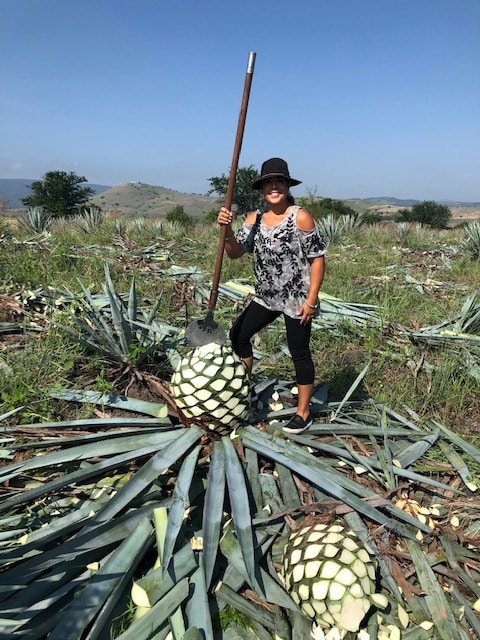
MariCarmen’s Tequila Master Class
Welcome to our Familia Kitchen Master Class to Kissing Tequila with MariCarmen Ortiz-Conway. Get ready to “besar el tequila—kiss the tequila,” says MariCarmen, “which is what we Mexicans say when we want to enjoy a tequila. Lo besamos. We kiss it.”
Five Things to Know About Tequila
1. Tequila Must Be Made in Mexico—or It’s Not Tequila
First and most important, tequila can only be made in Mexico in order to be called “tequila.” Only Mexico has the denomination of origin for this agave spirit, says Ortiz. Like France with its denominations of origin (Champagne can only be produced in Champagne region, for example), tequila—in order to be classified as tequila—has to be grown and produced in one of Mexico’s five tequila-approved states.
“The states are,” says Ortiz, holding up five fingers: “1) Jalisco 2) Michoacán 3) Tamaulipas 4) Guanajuato and 5) Nayarit. And tequila can only be made in specific regions of each of those states. The majority are made in Tequila in the state of Jalisco.”
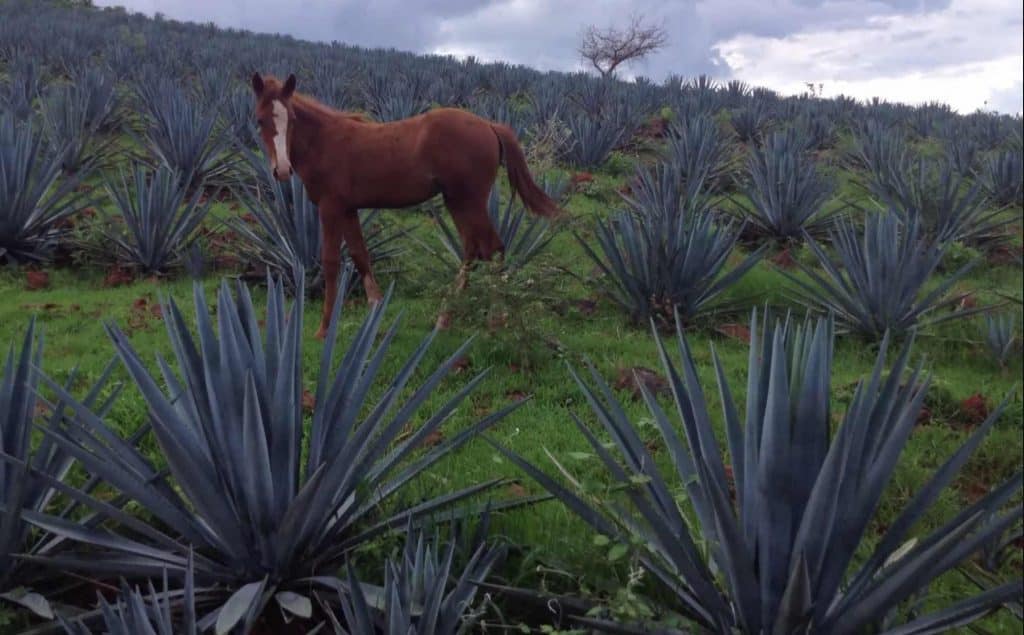
2. Tequila Can Only Come From 1 Plant—Blue Agave
The second thing to know about tequila, says MariCarmen, is that it must be made from only one of the more than 200 types of agave: blue agave tequilana Weber. “There are other agave spirits like mezcal or raicilla, which are made from the many other agave varieties. But remember, again: tequila must be made from only blue agave.”
Next: tequila is produced in only two types of products. Look on the label. It will either say: 100% blue agave or tequila, with no percentage. “So what is the difference between the two?” says MariCarmen. “The one that says 100% blue agave comes from the variety of blue agave tequilana Weber. Because the tequila cannot be made with any other type of agave. The one that says just ‘tequila’ must be made with at least 51% blue agave and a mix of other sugars, like corn syrup or cane sugar. It was made in Mexico but it’s not 100% blue agave. There is no other tequila formulation.”

3. Tequila Is Produced in 5 Types
Blanco (often called silver)—has no or minimal aging (no longer than two months). You can really taste the flavors of the agave: it’s tequila as pure as you can have. It is the simplest agave formulation and brings us closest to the taste of the fields in Tequila Town.
Reposado—must be aged a minimum of two months in an American or French oak barrel, by law. A reposado tequila will be straw colored, picking up the yellow hue from the oak barrel. Mexican tequila distillers often buy reclaimed American bourbon oak barrels.
Añejo—must be aged a minimum of one year in an American or French oak barrel, by law.
Extra Añejo—must be aged a minimum of three years in an American or French oak barrel, by law. And it’s the most expensive because, remember, as they say with bourbon, “the angels share.” The tequila evaporates while aging in the barrels, and the angels take their portion. They are thirsty and they grab it from the air, leaving a little bit less for us to drink when the barrel is opened. It therefore costs more. Extra añejo will be your most expensive tequila, because it gets the most time, the most care and the most evaporation.
Gold—a blend of a silver or white tequila and any of the other three. Not every distiller makes a gold tequila—in fact, few do. You can make it yourself, if you wish, by mixing two types.
4. Tequila Is Tightly Regulated

“Tequila is the most regulated drink in the world,” says MariCarmen. “When you plant, people from the CRT— Consejo Regulador del Tequila (CRT), or the Tequila Regulatory Council of Mexico— are there. When you harvest, people from the CRT are there. When you take it in the distillery, people from the CRT are there. When it’s aging in the barrels—which must be oak barrels— they are sealed and you cannot open them without the CRT there, to maintain the safety and security of each bottle.
“The CRT maintains several state-of-the-art labs for testing and verification of the composition and purity of the tequila. Every bottle of tequila must have a NOM number, which designates the distillery from which that tequila originated.”
5. Tequila Pairs Deliciosamente With Food
Like wine, different types of tequila can be served with foods to create complex flavor pairings. Here are the basic principles, according to MariCarmen:
Food + Tequila Blanco—“With blanco, you can pair it with citrusy things. Ceviche is perfect, it goes wonderfully with blanco. Guacamole, because with guacamole you have the texture of avocado, the citrus of lime. And any type of fish goes well with a tequila blanco.” You can also cook with it, as in this favorite recipe: Maria’s Easy Margarita Pie with Tequila.
Food + Tequila Reposado—“Reposado goes well with anything that is nutty. Because in the reposado notes, you get butter, you get notes of vanilla. It can pair with some moles—although with moles, I like them better with añejo.”
Food + Tequila Añejo— “Añejo goes well with meats and cheeses. With a chile en nogada and with most moles, it’s amazing.”
Food + Tequila Extra Añejo—“Extra añejo goes really well with chocolate. With dark chocolate, wow: you’re in heaven!”
MariCarmen offers a final food-matching tequila tip for a late-night treat: peanuts. “Toasted unsalted peanuts go well with all tequilas. I like in the evenings, when I’m reading a book or watching TV or working at my computer: to have some peanuts with a reposado or añejo, in a crystal flute—it’s just so good.”
6. How to Enjoy the Best Tequila
La última cosa importante to know about tequila, says MariCarmen, is the best way to enjoy your tequila. Here’s the rule: el mejor tequila, as every good Mexican knows, is the one that is “acompañado: accompanied—enjoyed in the company of familia and friends.
“It’s the one you have with someone you care about and say: ‘¡Salud!’” MariCarmen says, raising her flute to virtually toast mine, across both sides of our Zoom screen: “¡Salud!”
Familia Kitchen will be publishing future installments in this 6-Part Master Class series by Tequila Expert™ MariCarmen Ortiz-Conway.
MoreLike This

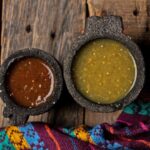
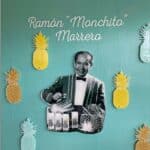




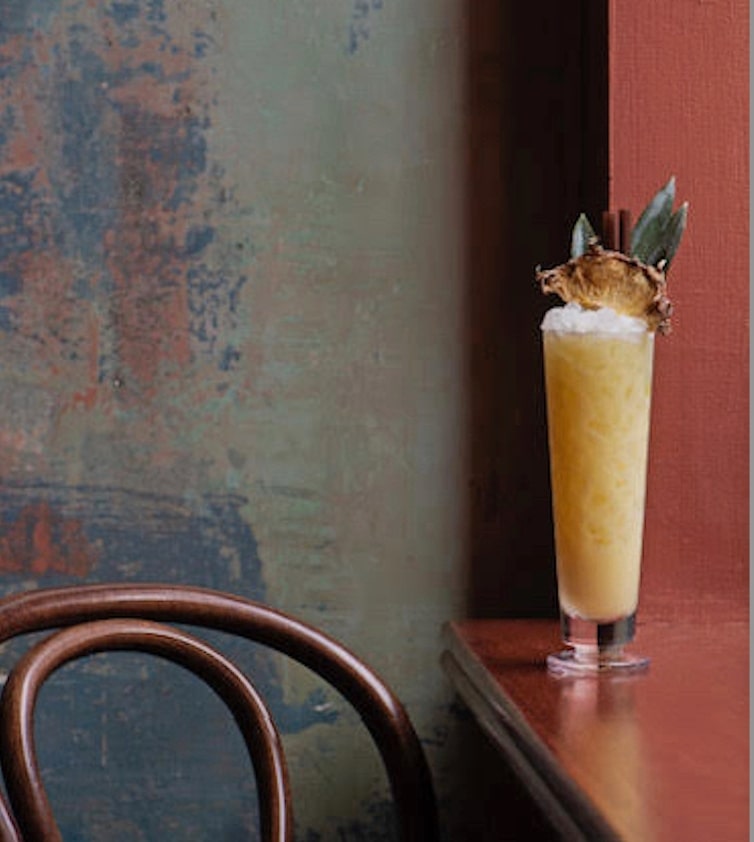
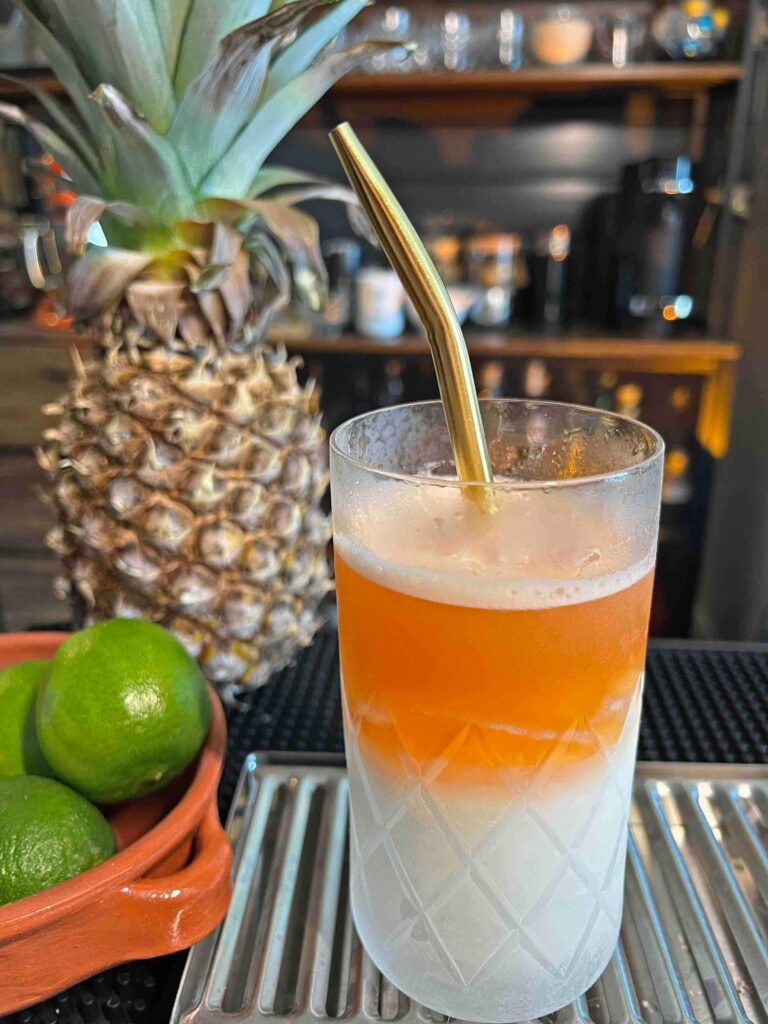
Got a question or suggestion?
Please rate this recipe and leave any tips, substitutions, or Qs you have!